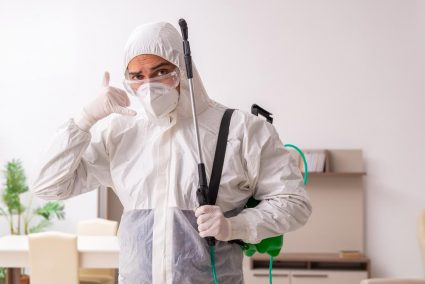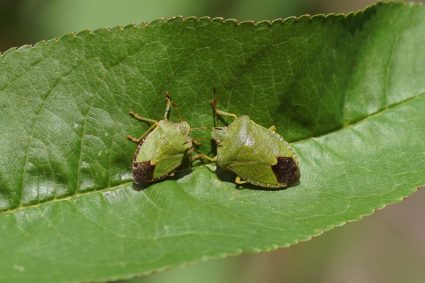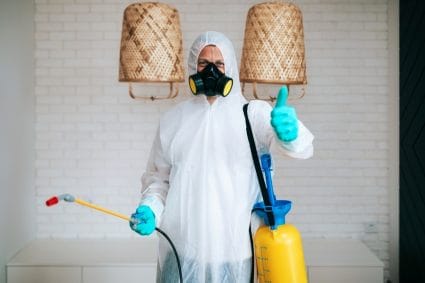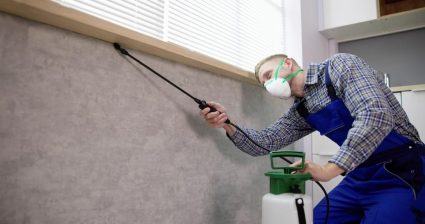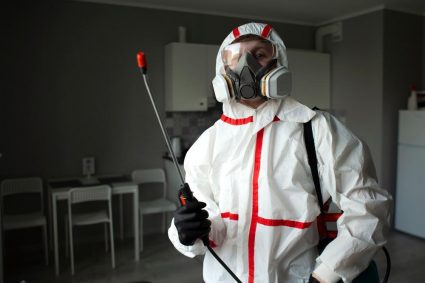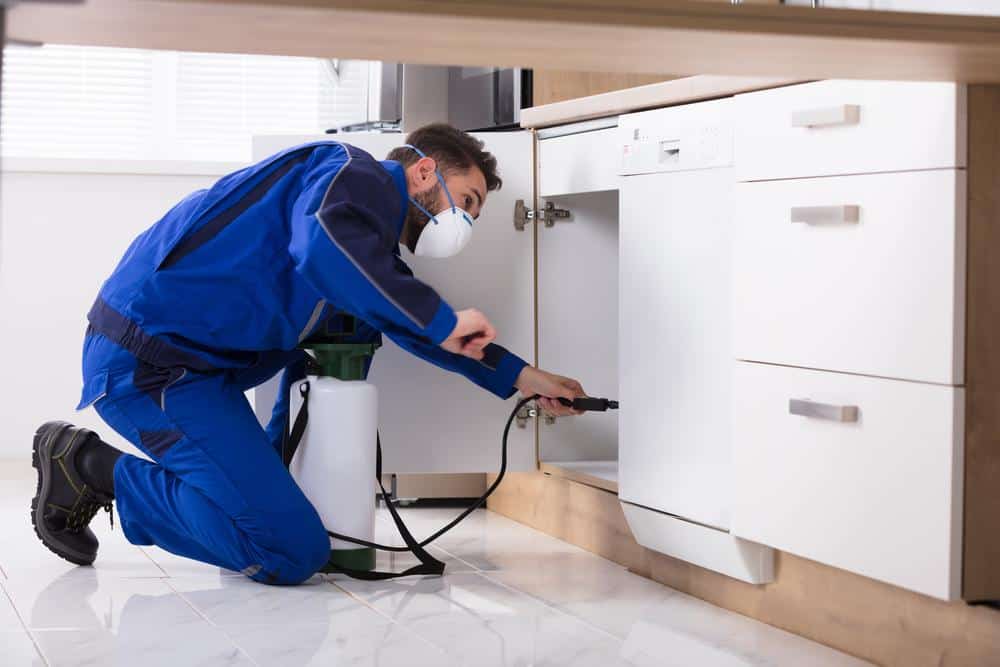
In today’s world, pest problems are a common concern for homeowners and businesses alike. Whether it’s a swarm of termites damaging a building’s structure, a colony of ants taking over a kitchen, or a group of mice nesting in the attic, pests can cause significant damage and pose health risks. This is where exterminators, also known as pest control technicians, come into play. But how do exterminators work? What methods do they use to eliminate pests, and what strategies do they employ to prevent future infestations?
Exterminators, or pest control technicians, work by first conducting a thorough inspection of the infested area to identify the type of pest and the extent of the infestation. They then determine the appropriate treatment method, which may involve the use of chemical treatments, traps, or exclusion techniques. After eliminating the pests, they assess the damage caused and provide recommendations to prevent future infestations. They also ensure safety during the process by using Personal Protective Equipment (PPE) and following best practices. With continuous training and the use of latest technologies, exterminators are equipped to handle various pest problems effectively and safely.
What is the Role of an Exterminator in Pest Control?
Exterminators are professionals trained to identify, prevent, and control pests in various environments, such as residential homes, commercial buildings, warehouses, and industrial sites. They are responsible for eradicating pest problems, including insects, rodents, and other pests, from inside or outside premises.
Their key duties and responsibilities include conducting thorough inspections of the affected area to identify the type of pest, the extent of the infestation, and the source of the problem. They determine the appropriate treatment method, which may involve using chemical treatments, traps, or exclusion techniques. After applying the chosen treatment method to eliminate the pests, they assess the level of damage caused by the pests. They also provide recommendations to clients on how to prevent future pest problems.
How are Exterminators Trained and What Qualifications do They Need?
Exterminators typically undergo a combination of formal training and on-the-job experience to gain the necessary qualifications. Formal training usually covers topics such as pest identification, safe handling of pesticides, and proper application techniques. This training can be obtained through community colleges, technical centers, university extension programs, or pest control training centers.
In addition to formal training, exterminators receive on-the-job training through their employer, often working as an apprentice under the supervision of a licensed specialist. Certification and licensing requirements for exterminators vary by state and generally involve completing a training program, gaining on-the-job experience, and passing state-specific examinations.
Identifying Pests: The First Step in Extermination
When exterminators arrive at a property, the first step they take is to conduct a thorough inspection. They look for signs of pest activity, such as droppings, damage, and nesting materials. Accurate identification of the pest species is crucial for effective pest control. Exterminators are trained in recognizing pests and their behaviors, which helps in quicker and more efficient elimination. They may use tools like hand lenses or microscopes to identify tiny insects or mites.
In some cases, exterminators may consult with experts or use online resources to confirm the identification of a pest. They then familiarize themselves with the pest’s behavior and life cycle to determine the most effective control methods. Regular monitoring of the infested area helps exterminators assess the severity of the infestation and determine the appropriate control measures.
Tools and Methods Used by Exterminators
Exterminators use a variety of methods and tools to eliminate pests. Some of the most common methods include the use of mechanical devices, vacuuming, biological pest control, chemical control, and traps. They also use various equipment, such as safety equipment, hose and chemical sprayer, bait and bait stations, foamer, ultraviolet light, duster, inspection mirror and LED flashlight, infrared temperature sensor, and pest control software.
Experienced exterminators have the training to identify the type of pest problem, locate the source of the infestation, and determine the most effective treatment method. They also have access to powerful, professional-grade products unavailable to the average homeowner.
Ensuring Safety During the Extermination Process
Exterminators ensure the safety of the property and its inhabitants during the extermination process by following several guidelines and best practices. They use Integrated Pest Management (IPM) principles, choose the least toxic methods, wear Personal Protective Equipment (PPE), follow product instructions, avoid using outdoor chemicals indoors, ensure proper ventilation after treatment, keep children and pets away from treated areas, and properly dispose of PPE and contaminated materials.
Preventing Future Infestations
Exterminators use various strategies to prevent future pest infestations, focusing on long-term prevention and control methods. Some of the key strategies include regular inspections and monitoring, preventive measures, biological control, cultural controls, physical and mechanical control methods, chemical control, and education and collaboration.
Handling Significant Pest Damage
In situations where pests have caused significant damage to a property, exterminators first assess the extent of the damage and identify the type of pests responsible for the infestation. They then remove the pests and evaluate repair solutions specific to the problem. After addressing the damage, exterminators and property owners should take steps to prevent future infestations.
Latest Technologies and Innovations in Extermination
The extermination industry has seen numerous technological advancements and innovations in recent years. Some of the latest trends and developments include CRISPR technology, drones, advanced biopesticides, microbial pest control, precision pest control, non-toxic heat treatments, smart pest control systems, and Sterile Insect Technique (SIT).
These innovations are transforming the pest control industry by providing more efficient, precise, and environmentally friendly solutions to manage and prevent pests.
In conclusion, exterminators play a crucial role in pest control. They use a combination of methods to eliminate pests, ensure the safety of the property and its inhabitants during the extermination process, and use strategies to prevent future infestations. With the advent of new technologies and innovations, the extermination industry continues to evolve, offering ever more effective and sustainable solutions to pest problems.
Frequently Asked Questions
How long does it typically take for an exterminator to eliminate a pest infestation?
The length of time it takes for an exterminator to eliminate a pest infestation can vary greatly depending on the type of pest, the extent of the infestation, and the methods used for extermination. It can range from a few hours for minor infestations to several weeks or even months for major infestations.
Can exterminators get rid of all types of pests?
Yes, exterminators are trained to manage a wide variety of pests, including insects, rodents, birds, and more. However, the methods and strategies used can vary depending on the specific type of pest.
Is it safe for me and my pets to be in the house during the extermination process?
Exterminators take several measures to ensure the safety of you and your pets during the extermination process. However, in some cases, you may be asked to vacate the premises during the treatment, especially if strong chemicals are used. It’s always best to discuss this with your exterminator beforehand.
How often should I schedule regular inspections for pests?
The frequency of pest inspections can vary based on your location, the type of property, and your past history with pests. However, a general rule of thumb is to have an inspection at least once a year. If you live in an area prone to certain pests or have had infestations in the past, you may need more frequent inspections.
What should I do if I notice pests in my property after the extermination process?
If you notice pests in your property after the extermination process, it’s important to contact your exterminator as soon as possible. They can assess the situation and determine whether additional treatment is necessary.


